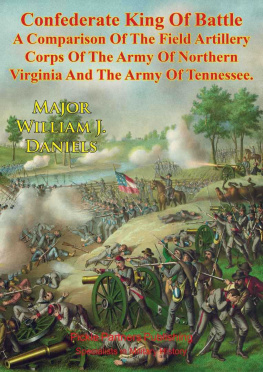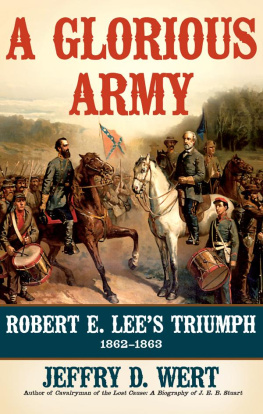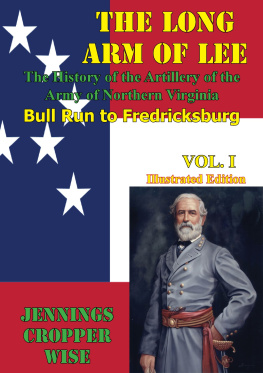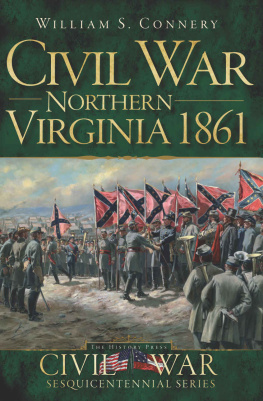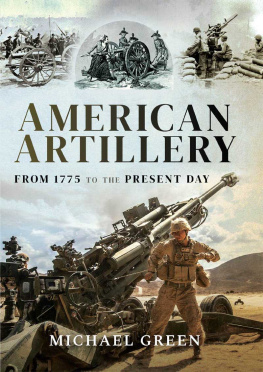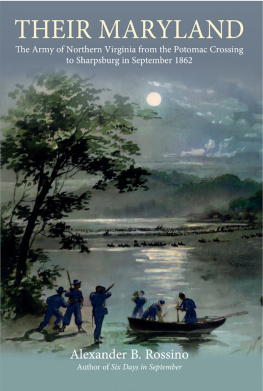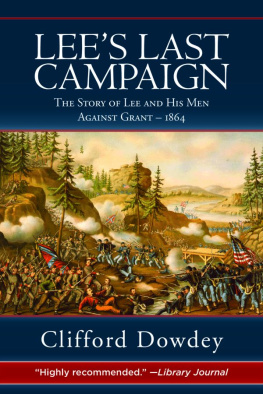This edition is published by PICKLE PARTNERS PUBLISHINGwww.picklepartnerspublishing.com
To join our mailing list for new titles or for issues with our books picklepublishing@gmail.com
Or on Facebook
Text originally published in 2008 under the same title.
Pickle Partners Publishing 2013, all rights reserved. No part of this publication may be reproduced, stored in a retrieval system or transmitted by any means, electrical, mechanical or otherwise without the written permission of the copyright holder.
Publishers Note
Although in most cases we have retained the Authors original spelling and grammar to authentically reproduce the work of the Author and the original intent of such material, some additional notes and clarifications have been added for the modern readers benefit.
We have also made every effort to include all maps and illustrations of the original edition the limitations of formatting do not allow of including larger maps, we will upload as many of these maps as possible.
THE CONFEDERATE KING OF BATTLE: A COMPARISON OF THE FIELD ARTILLERY CORPS OF THE ARMY OF NORTHERN VIRGINIA AND THE ARMY OF TENNESSEE
by
WILLIAM JEFFREY DANIELS, MAJOR, USA
B.S., Excelsior College, Albany, New York, 2001
TABLE OF CONTENTS
Contents
ABSTRACT
THE CONFEDERATE KING OF BATTLE: A COMPARISON OF THE FIELD ARTILLERY CORPS OF THE ARMY OF NORTHERN VIRGINIA AND THE ARMY OF TENNESSEE, Major William J. Daniels.
This thesis compares and contrasts the field artillery corps of the Army of Northern Virginia and the Army of Tennessee. The purpose is to determine which field artillery corps was more effective on the battlefield and why. To answer this question several areas will be examined. The foundation of each army and its field artillery corps is one of these areas. The foundation includes militia forces, strength, recruiting, and governmental roles in the foundation of each army. The senior leadership of each army and its relationship with the Confederate government will be reviewed. Ordnance, equipment, logistics, and training of each armys field artillery corps are other areas that will be addressed. Finally, artillery leadership, organization, and tactics of each field artillery corps will be examined.
ACKNOWLEDGMENTS
I would like to express my sincere thanks to the members of my thesis committee, Dr. Terry Beckenbaugh, David Goebel, and Edwin Kennedy for their many hours of work and guidance towards the completion of this thesis. Had it not been for their efforts completion of this work would not have been possible. I would like to express my thanks to the Command and General Staff College faculty of staff group 1A, class 2008-02, LTC Chris Jose, Geoff Babb, Dr. Bill McCollum, Dr. Bill Kautt, and Bob Bayless. Their mentoring, support, and understanding was extremely beneficial in the completion of this thesis. I would also like to thank the members of my staff group for their support and friendship during this year. Finally, I would like to thank my family, particularly my father and mother, Jeffery and Sandra Daniels, and my wife, Lydia Daniels, for their support and encouragement during this year.
INTRODUCTION
Much has been written about the Confederate armies during the American Civil War. General Robert E. Lees Army of Northern Virginia has gotten most of the attention of historians and writers over the years. There are several reasons for this. The Army of Northern Virginia has been identified with the Confederacys effort for independence. Lees army was much more successful on the battlefield than any other Confederate force. Its battles were fought near the capitals of both the North and the South, thus getting most of the attention and writing of both sides during the war. Much of the manuscript source materials on the Army of Tennessee were lost or destroyed over the years. One could also infer that writers prefer a winner over a loser.
However, especially in the relatively recent past, there has been work focused on the Army of Tennessee. One such book, Two Great Rebel Armies by Richard McMurry, compares and contrasts the Army of Northern Virginia and the Army of Tennessee. In this work McMurry cites reasons he believed caused the difference in effectiveness and performance between the two armies.
Additionally, there have been numerous books written about the field artillery corps of the Army of Northern Virginia. The artillerymen in the Army of Tennessee have received less attention. One recent and notable book on the subject is Cannoneers in Gray by Larry J. Daniel. However, unlike Two Great Rebel Armies , there has been no book written comparing the field artillery corps of the Army of Northern Virginia and the Army of Tennessee. Was there a difference in the effectiveness and performance of the respective field artillery corps as there was with the armies in general? If so, what were the reasons? This thesis will attempt to answer these questions.
To answer these questions a look at the foundation of each army and its field artillery corps will be examined. Topics addressed in the foundation include state militia strength, equipment, and experience levels, as well as, recruiting, governmental relationships with each army, and other areas. In addition to the foundation of each force, the senior leadership of each army will be examined to determine its effect on the performance of the army and its field artillery corps. Quantity and quality of ordnance, equipment levels, logistics, and training are all important components of each armies artillery that must be examined. The effectiveness of each field artillery corps is also going to be highly influenced by its leadership, organization, and tactical use. Each of these areas will be thoroughly examined to answer the question which field artillery corps was the most productive for the Confederacy during the American Civil War.
CHAPTER 1 FOUNDATIONS FOR FAILURE AND SUCCESS
The military forces of the Confederate States of America were comprised of twenty-five separate armies. Of these, two absorbed the vast majority of men and resources of the Confederacy. They were the Army of Northern Virginia and the Army of Tennessee. The Army of Northern Virginia has generally dominated the discussions on the American Civil War (1861-1865). Most of the literature written about the Confederacy has focused on the Army of Northern Virginia and its commanders. In addition, when it comes to the performance of these Confederate armies on the battlefield the Army of Northern Virginia also comes out on top. Richard McMurry in his book Two Great Rebel Armies has previously compared the two most prominent Rebel forces. However, which army had the best field artillery corps? Can it be surmised that based on performance the Army of Northern Virginia was a better army overall and the same can be said of its field artillery corps? The United States Army calls its field artillery branch The King of Battle. This thesis will therefore attempt to answer the question which field artillery corps was the Confederate King of Battle and explain why this might have been the case. The durability of a home depends on the strength of its foundation; likewise, the quality of the components of an army depends on the strength of its foundation. Therefore, to begin to answer this question requires an examination of the foundations of each army since these foundations were the building blocks of each armys field artillery corps.
Each respective state military organization formed the core of the respective armies. There were two components to a states military organization, the state militia, and privately organized and funded volunteer units. State militias, by Federal law, required all physically capable, free, white males between eighteen and forty-five years of age to join. The equipping, training, and organization of these militias varied from state to state. The state legislatures chartered the privately organized and funded volunteer units. Many of these units could trace their lineage back to the colonial or Revolutionary War period. To become a member of these elitist organizations one required an invitation from at least two current members and then needed to survive a vote from four-fifths of the unit. These units constantly drilled and had a very high esprit de corps. Many of these units owned their own drill halls and armories and used public grounds for their parade fields. They staged parades and fired salutes for dignitaries or holidays. As each state left the Union and joined the Confederacy, it began to call its forces to active duty. These forces came from three different categories, the aforementioned state militia and privately funded volunteer units, and new units, also called volunteers. State militiamen comprised the bulk of these new units, since most state militia units only served for a short period. It would be from these new volunteer units that the Confederacy acquired most of its troops during the conflict. Many of these new units were also initially organized, equipped, and funded by private individuals. Eventually these state militia units transferred from the state into the Confederate Army, but until that happened they were under the control of their state. The difference in the background of the state militias from Virginia and Tennessee, which would become the nucleus of the Army of Northern Virginia and the Army of Tennessee respectively, would have profound effects on the performance of each army during the war.


